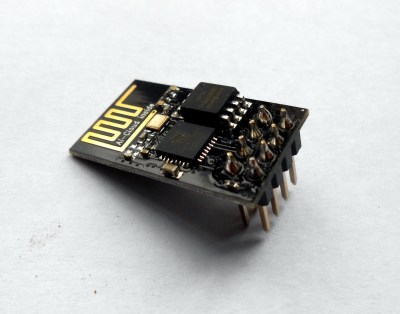We are extraordinarily fortunate to live at a time in which hardware with astounding capabilities can be had for only a few dollars. Systems that would once have taken an expensive pile of chips and discretes along with months of development time to assemble are now integrated onto commodity silicon. Whether it is a Linux-capable system-on-chip or a microcontroller, such peripherals as WiFi, GPUs, Bluetooth, or USB stacks now come as part of the chip, just another software library rather than a ton of extra hardware.
Beware The Blob!
If there is a price to be paid for this convenience, it comes in the form of the blob. A piece of pre-compiled binary software that does the hard work of talking to the hardware and which presents a unified API to the software. Whether you’re talking to the ESP32 WiFi through an Arduino library or booting a Raspberry Pi with a Linux distribution, while your code may be available or even maybe open source, the blob it relies upon to work is closed source and proprietary. This presents a challenge not only to Software Libre enthusiasts in search of a truly open source computer, but also to the rest of us because we are left reliant upon the willingness of the hardware manufacturer to update and patch their blobs.
An open-source advocate would say that the solution is easy, the manufacturers should simply make their blobs open-source. And it’s true, were all blobs open-source then the Software Libre crowd would be happy and their open-source nature would ease the generation of those updates and patches. So why don’t manufacturers release their blobs as open-source? In some cases that may well be due to a closed-source mindset of never releasing anything to the world to protect company intellectual property, but to leave it at that is not a full answer. To fully understand why that is the case it’s worth looking at how our multifunctional chips are made.
Chips Aren’t Made Like They Used To Be
Decades ago, a new microcomputer and its range of peripheral chips would have been designed in-house in their entirety by a team of engineers employed by the company. Chips such as Intel’s 8086 or Motorola’s 68000 were produced in this way, and would in many cases even have been put on silicon by in-house chip fabs. Today’s semiconductor industry is much more fragmented, and works in an entirely different fashion. While some large companies might still do the whole job in-house it’s far more likely that they will instead buy in the components of their new products as pieces of IP, as software in the form of VHDL or similar hardware description languages. It’s entirely possible to design a complete SoC in this way without owning any of the IP yourself, and companies such as ARM have made themselves into dominant industry players by selling …read more
Source:: Hackaday

